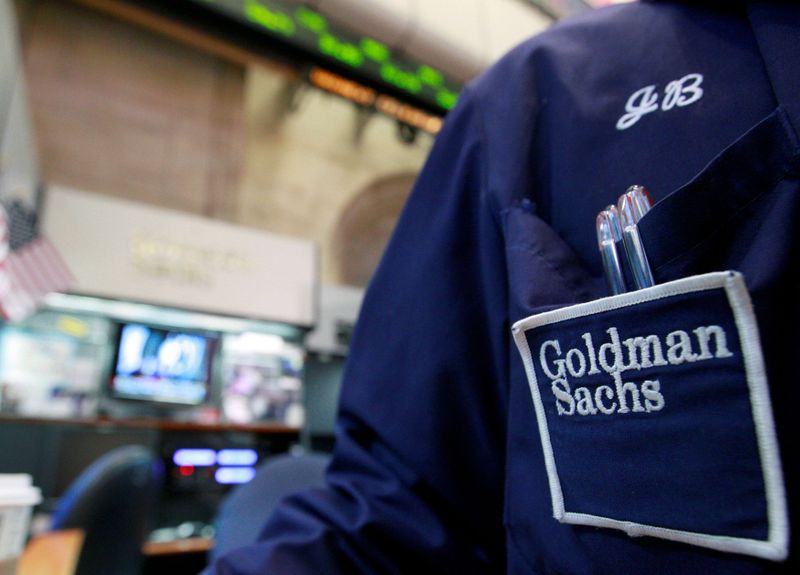Investing.com -- Investors should remain invested in US equities but shift their allocations away from highly concentrated stocks and cap-weighted indices like the S&P 500, according to David Kostin, Chief US Equity Strategist at Goldman Sachs.
Instead, Kostin recommends diversifying toward equal-weighted indices, which he argues offer better long-term risk-adjusted returns amid the current market environment.
Kostin highlights the extraordinary level of market concentration in the S&P 500, with the top ten stocks accounting for 36% of the index’s market capitalization—a sharp increase from the historical average of 20%. This figure marks the highest level of concentration since 1932.
While these stocks have propelled short-term returns, Kostin warns of significant risks to their long-term performance.
The dominance of these few stocks has been extraordinary. Year-to-date, the Magnificent 7 has returned 41%, compared to 18% for the other 493 companies, accounting for 47% of the index’s total gains. However, Kostin argues that this level of concentration is unsustainable and historically associated with lower forward returns.
“If the historical pattern persists, high concentration today portends much lower S&P 500 returns over the next decade than would have been the case in a less concentrated market,” he explained.
Kostin identifies two key risks driving this outlook. First, high concentration amplifies volatility. Portfolios dominated by a few large stocks are more vulnerable to shocks, as these companies face heightened idiosyncratic risks.
Second, the valuations of these dominant stocks are historically high, trading at a negative risk premium for the first time in over 20 years. This implies that investors “are not being sufficiently compensated for this increased risk,” Kostin notes.
History also shows that very few companies can sustain the growth rates expected of the stocks driving the high concentration, primarily the Magnificent 7 group, with only 3% of S&P 500 firms achieving 20%+ revenue growth over a decade, while just 0.1% have maintained EBIT margins above 50%.
“So, history suggests that the earnings performance of these companies will likely disappoint current euphoric market expectations over the longer run,” Kostin remarked.
To counterbalance these risks, the strategist advises non-taxable investors, such as pension funds and sovereign wealth funds, to allocate equity investments to equal-weighted benchmarks.
He estimates that the typical stock in the S&P 500 will deliver annualized returns of 8% over the next decade, outperforming the aggregate index by 500 basis points. Historical analysis further shows that equal-weighted indices have outperformed cap-weighted indices in nearly 80% of rolling 10-year periods since 1970.
